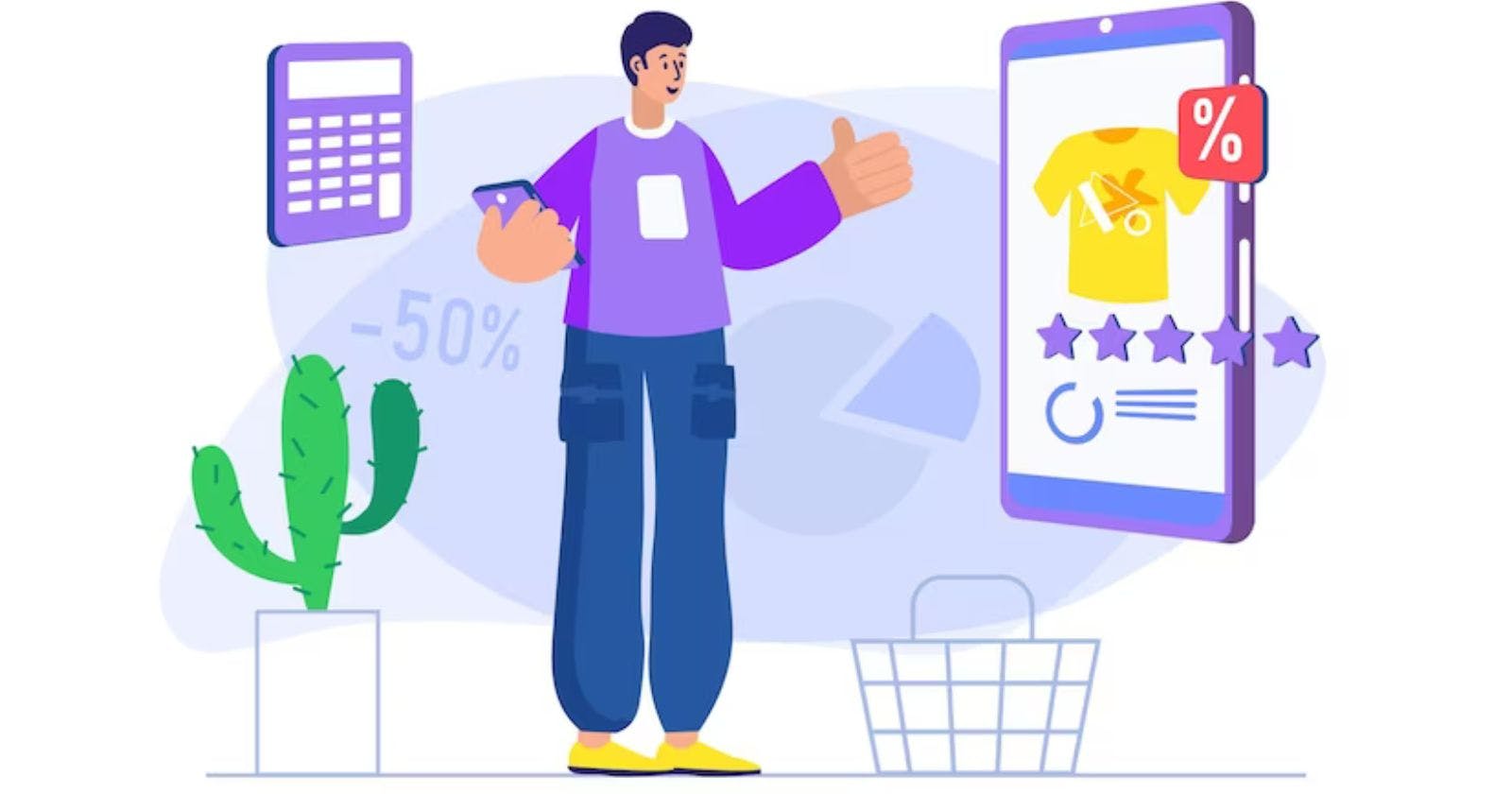Letgo is a popular marketplace app that allows users to buy and sell locally. It has over 100 million downloads on both Android and iOS. In this article, we will build a clone of Letgo using Python and the cross-platform framework Kivy. We will implement user authentication, posting listings, browsing listings, direct messaging, payments integration and push notifications.
Choosing a Platform
While we could choose to build native apps for iOS or Android separately, this would require writing the code twice - once for each platform. Using a cross-platform framework like Kivy allows us to write the code once and deploy to multiple platforms.
Kivy is an open source Python library for developing multitouch apps. It uses Python and Kv language (similar to HTML) to design user interfaces. Kivy supports iOS, Android, Linux, Windows and macOS. Checkout: https://zipprr.com/letgo-clone/
Kivy Installation and Setup
To get started with Kivy on Windows, first install Python 3 if not already available. Then install Kivy from the command prompt:
pip install kivy
Next create a virtual environment and activate it:
python -m venv env
env\Scripts\activate
Now install dependencies:
pip install kivy_garden enum34
To create a basic Kivy app, save the following as main.py:
import kivy
kivy.require('1.9.0')
from kivy.app import App
from kivy.uix.label import Label
class MyApp(App):
def build(self):
return Label(text='Hello World')
if __name__ == '__main__':
MyApp().run()
Run with python main.py to display a window with label. This sets up the Kivy environment and app template.
Database Setup
For the database, we will use SQLite as it is supported by Kivy out of the box. Install the pysqlite module:
pip install pysqlite
Import it in Python:
import sqlite3
Now connect to a SQLite database file called 'data.db':
conn = sqlite3.connect('data.db')
We can initialize the database by creating tables for things like users, listings etc. SQLite provides a simple way to store app data locally on devices.
User Authentication
For authentication, we will implement signup and login screens. First define a user model class:
import sqlite3
from sqlalchemy import Column, String, Integer
class User(Base):
__tablename__ = 'users'
id = Column(Integer, primary_key=True)
username = Column(String)
password = Column(String)
In the login screen accept username and password as input. Check credentials against the database:
username = self.username_input.text
password = self.password_input.text
user = session.query(User).filter_by(username=username).first()
if user and check_password_hash(user.password, password):
# login success
Handle signup by validating inputs and inserting a new user record. Complete authentication by managing user sessions.
Listings Data Model
For listings, define a model class with fields like:
class Listing(Base):
__tablename__ = 'listings'
id = Column(Integer, primary_key=True)
title = Column(String(100))
description = Column(String(500))
price = Column(Float)
# etc
Add model configuration and database methods to handle CRUD operations for listings. This will allow storing listing details in the SQLite database.
Browsing and Searching Listings
Build a home screen to display recent listings on app launch. Populate this with a database query:
listings = session.query(Listing).order_by(Listing.id.desc()).limit(10)
Render each listing as a card with image, title, price etc.
For the listing details screen, query for a single listing based on id. Implement search functionality by allowing filtering listings by category, location, price range etc.
listings = session.query(Listing).filter(Listing.category == 'furniture')
Selling Functionality
Build a UI form to input listing details like title, description, images, category, location, price etc.
Handle multiple image selection using Kivy Gallery widget. Save images locally and insert paths to database.
On form submit, insert a new record in Listing table:
new_listing = Listing(title=title, description=description, images=images)
session.add(new_listing)
session.commit()
This allows users to easily post listings to the marketplace.
Chats and Messaging
For direct messaging, define a Message model:
class Message(Base):
sender_id = Column(Integer, ForeignKey('users.id'))
receiver_id = Column(Integer, ForeignKey('users.id'))
# etc
Build chat inbox displaying unread messages. On clicking a chat, show conversation thread by querying for messages between those users.
Use KivyTextInput widget and on_text submit event to send new messages. Insert into Message table and refresh view on client.
Payments Integration
Major payment providers like Stripe and PayPal offer simple SDKs to integrate payments into mobile apps.
For this, we will use Stripe as it has a clear Python SDK. First set up a Stripe account, get publishable and secret keys.
Install Stripe SDK:
pip install stripe
Import stripe and create Charge object on payment button press:
import stripe
stripe.api_key = "sk_test_xxx"
charge = stripe.Charge.create(
amount=listing.price * 100,
currency='usd',
source=request.POST['stripeToken']
)
This allows processing payments securely within the app.
Push Notifications
To send push notifications, integrate with Firebase Cloud Messaging (FCM). First set up a Firebase project and get server key.
Install needed Python packages:
pip install pyrebase firebase-admin
Initialize default app and get token for device:
from firebase_admin import credentials, messaging
import pyrebase
firebaseConfig = {
"apiKey": "<apiKey>",
//etc
}
firebase = pyrebase.initialize_app(firebaseConfig)
registration_token = firebase.get_token()
Now send notifications from server on specific events:
message = messaging.Message(
notification=messaging.Notification(
title="Payment Received",
body="Funds deposited in your account"
),
token=registration_token
)
messaging.send(message)
This allows things like notifying users of new messages or payment confirmations in real-time.
Deployment
To deploy the app, ensure it runs correctly on emulators or real devices by debugging any issues.
Now package the app by adding metadata and icon to a ZIP file. Sign the app for distribution on app stores.
Finally publish the ZIP to Google Play for Android users or App Store Connect for iOS. This makes the finished Letgo clone publicly available for downloading!
Conclusion
In this article, we successfully built a marketplace app clone of Letgo using Python and Kivy. Key features implemented include user authentication, listing management, direct messaging, payments and push notifications.
Some potential improvements could be adding features like user profiles, categories, app ratings and reviews. Integrating with external mapping APIs could allow geotagging listings.
Building the Letgo clone showcased the power of Python as a backend language and Kivy as a cross-platform framework. With continued iterations, this could become a fully-functional marketplace ready for real users. I hope this guide inspires others to use Python for building mobile apps!
